
Wir reisen, also sind wir
vakantio.de/wirreisenalsosindwir
Bolivia: Lake Titicaca (Copacabana, Isla del Sol)
Δημοσίευσε: 16.10.2018
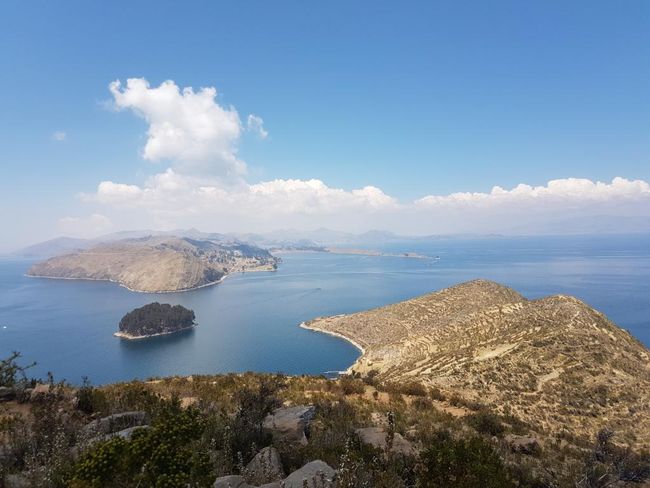
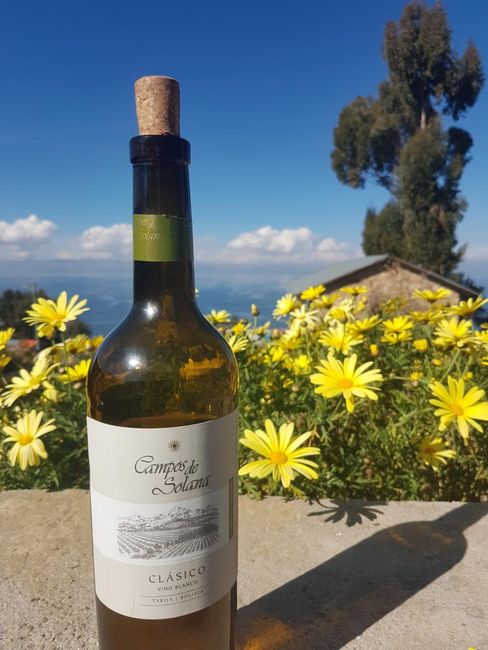
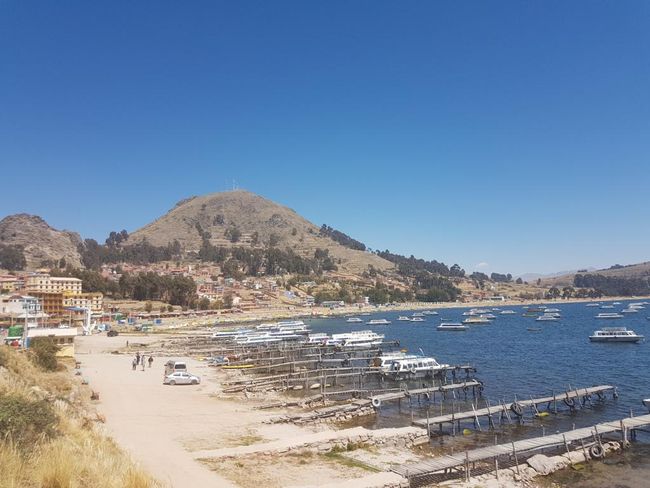
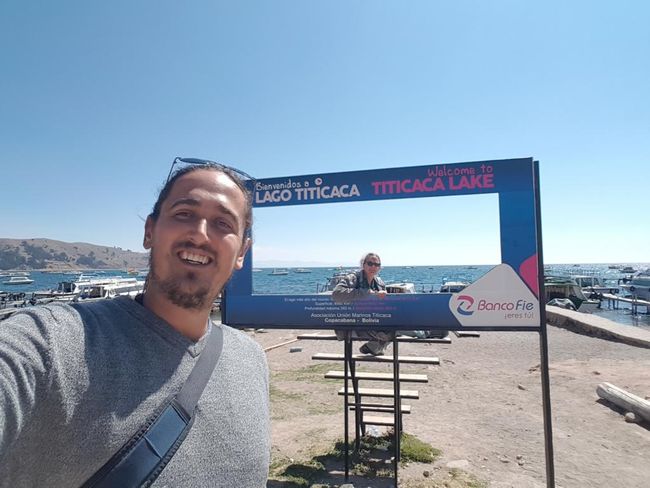
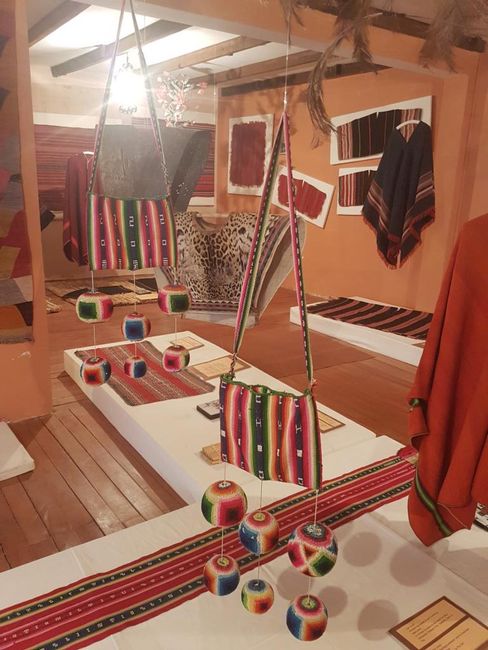
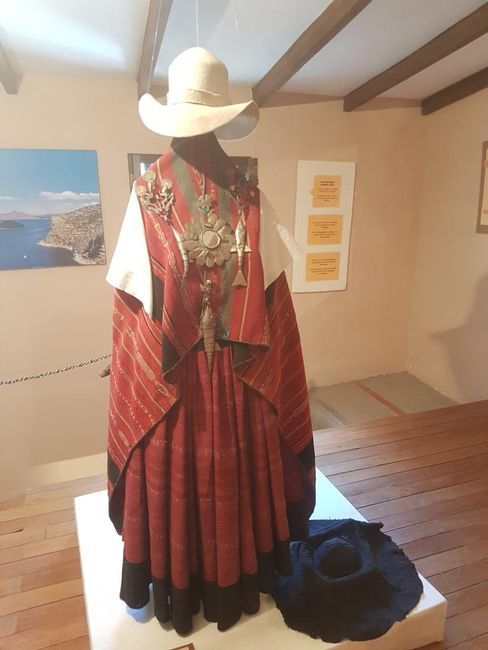
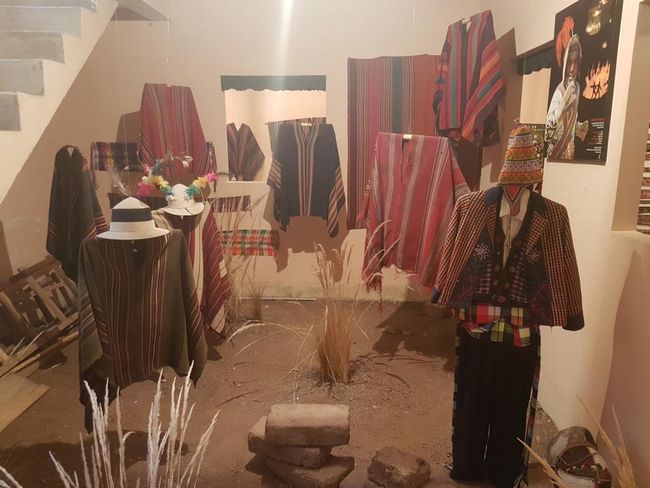
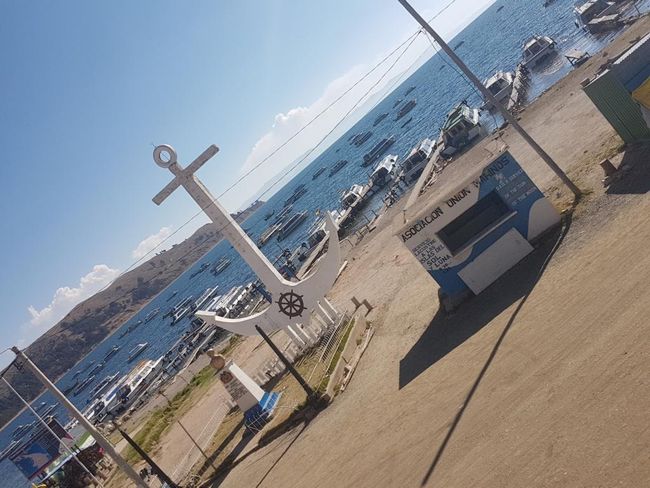
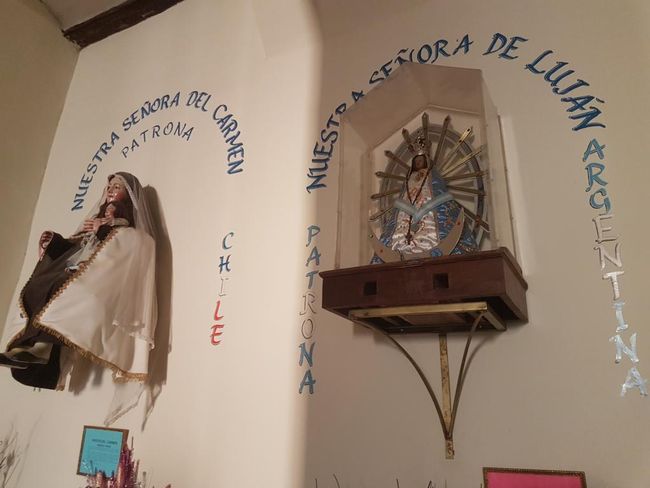
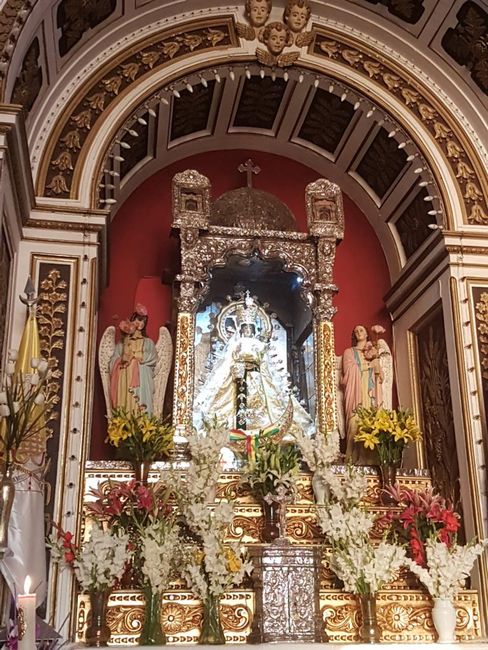
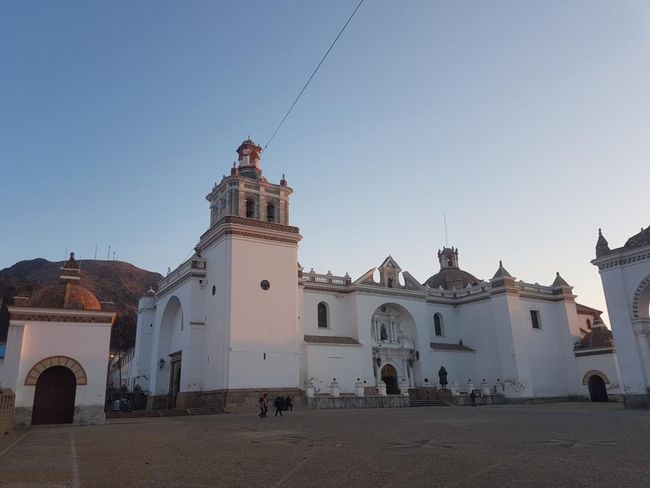
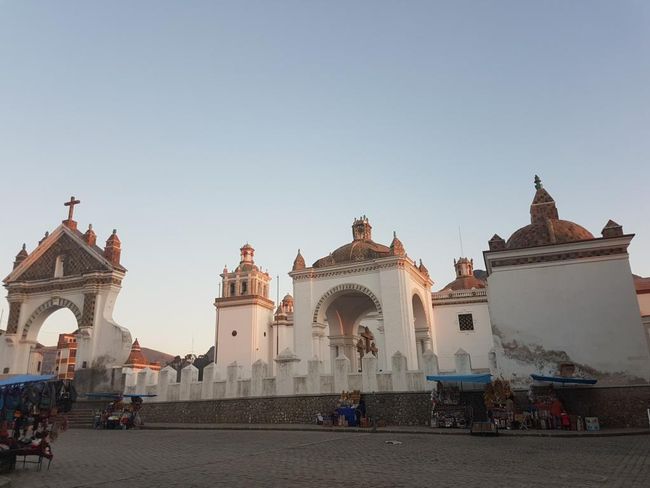
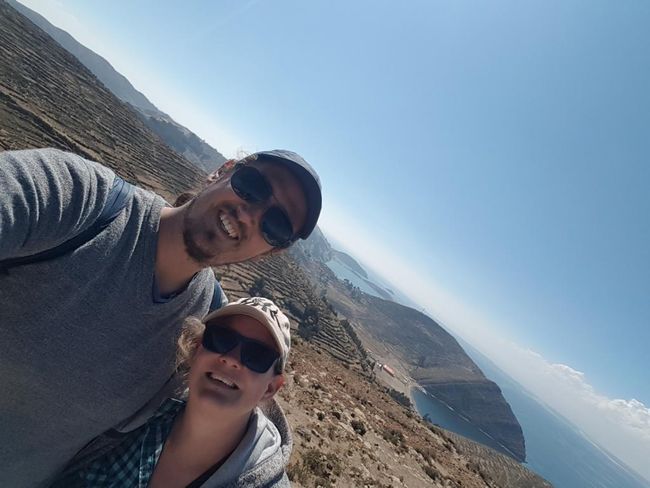
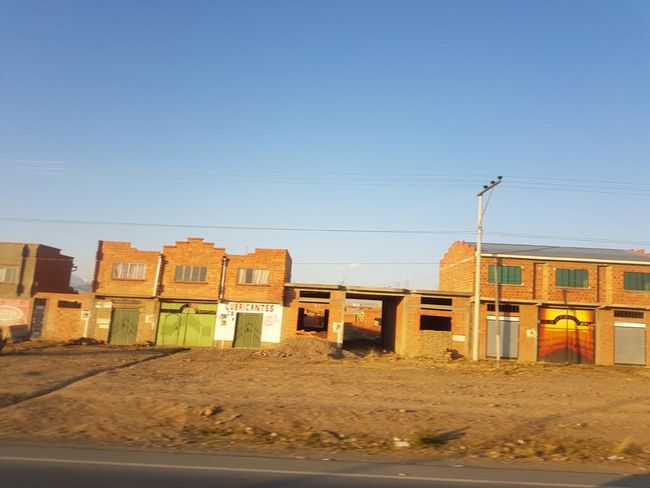
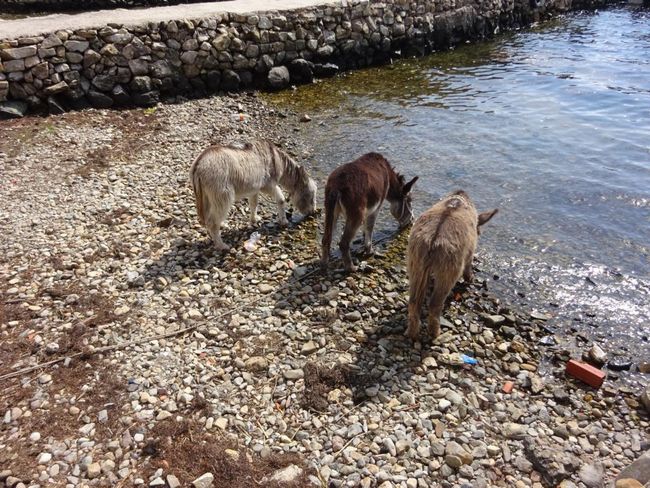
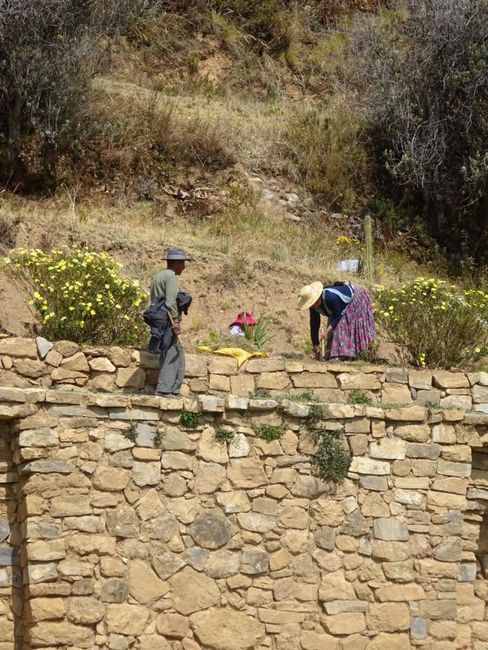
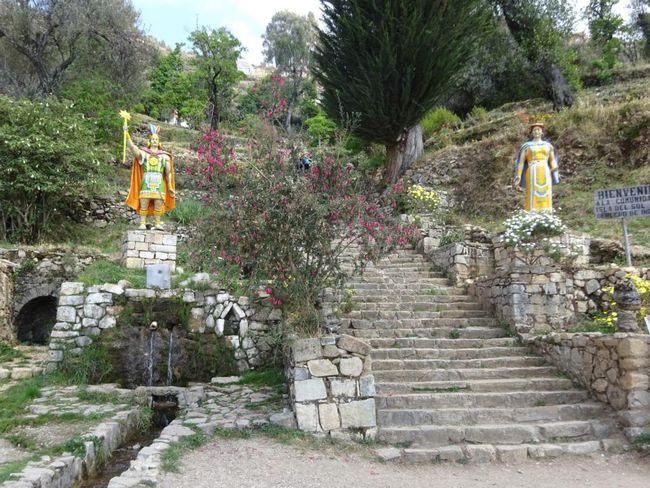
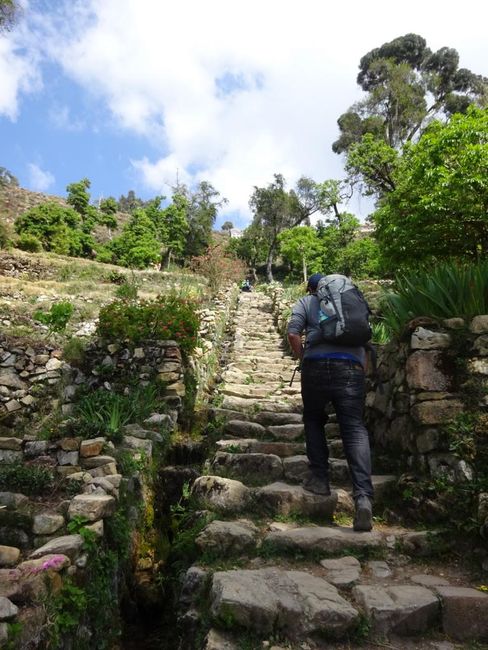
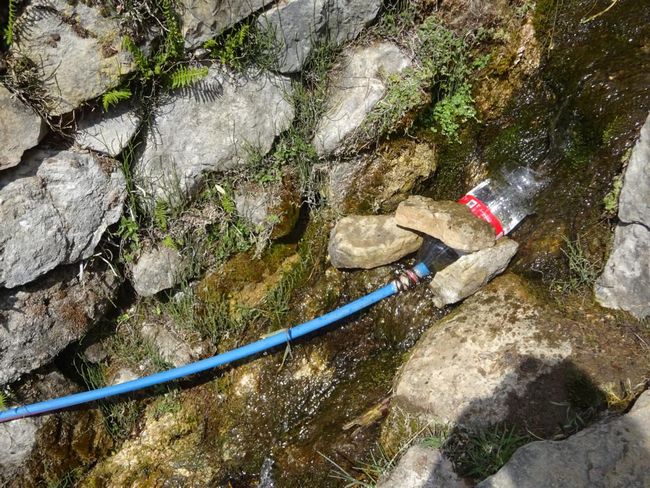
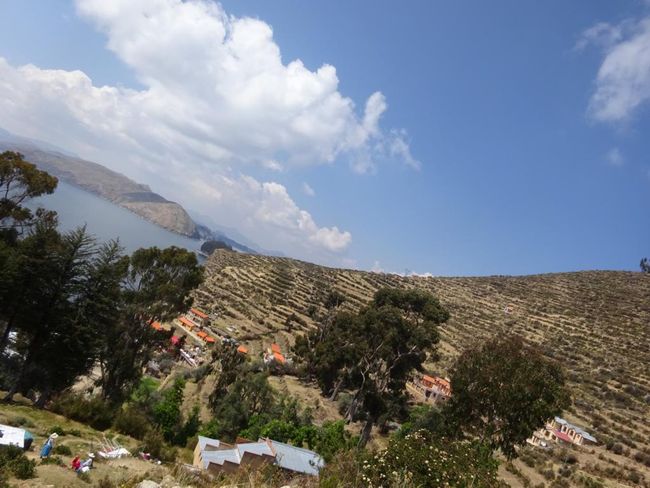
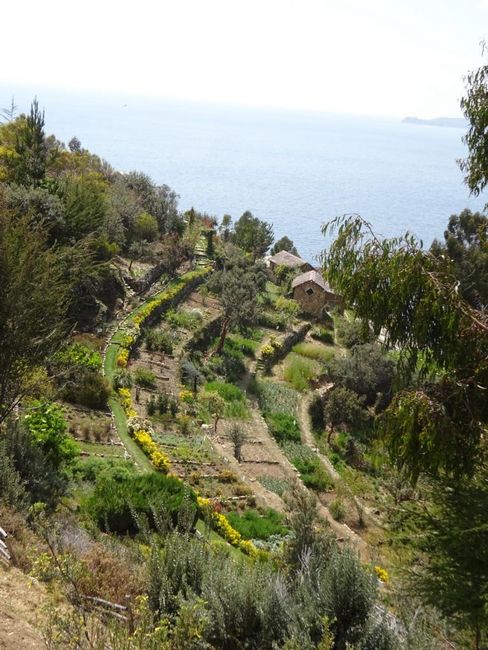
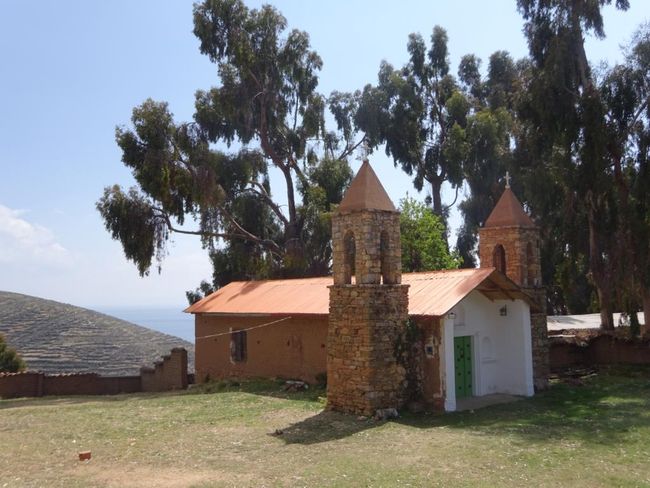
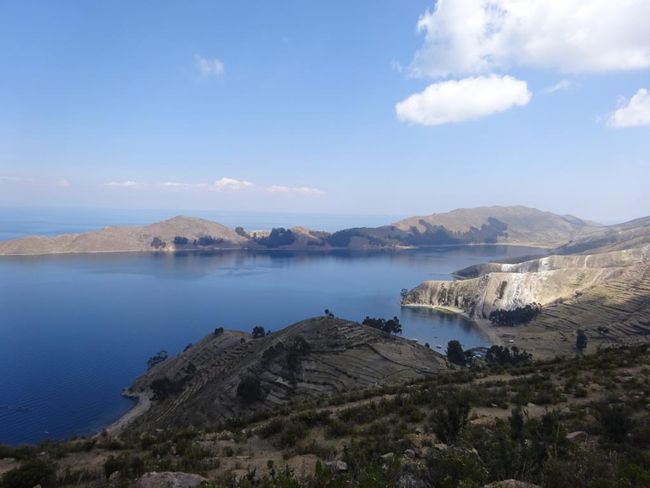
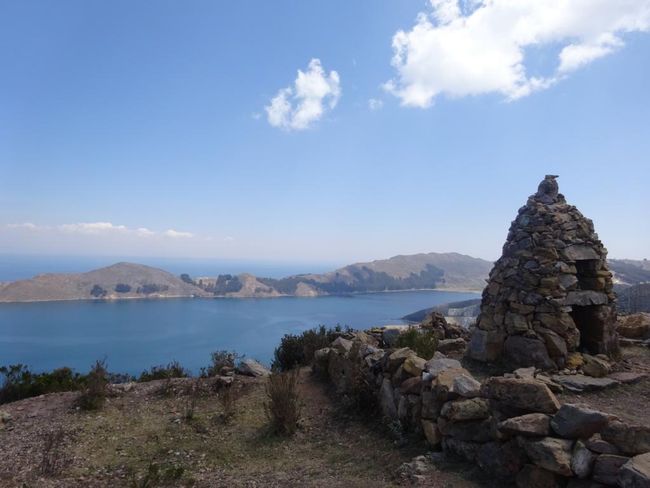
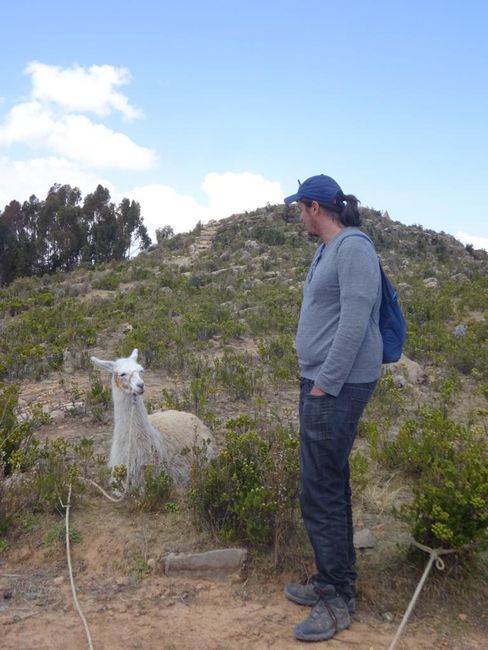
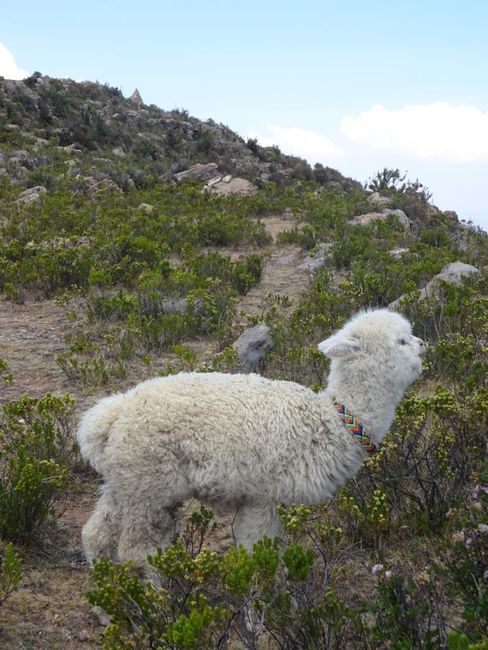
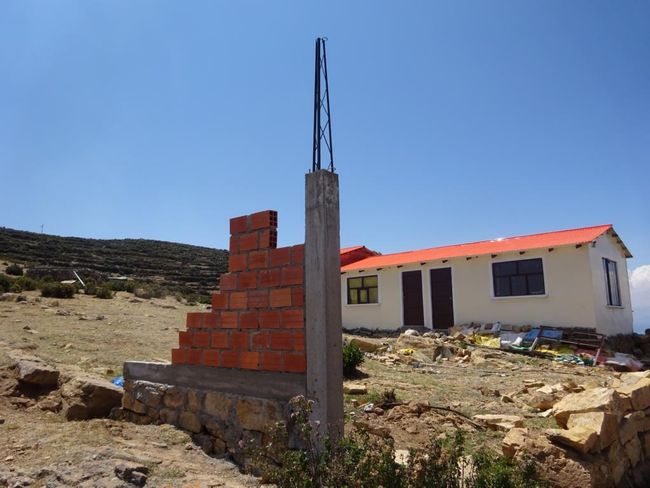
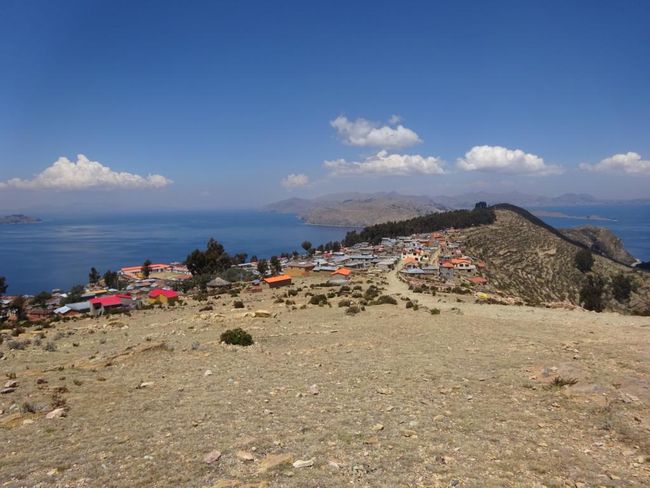
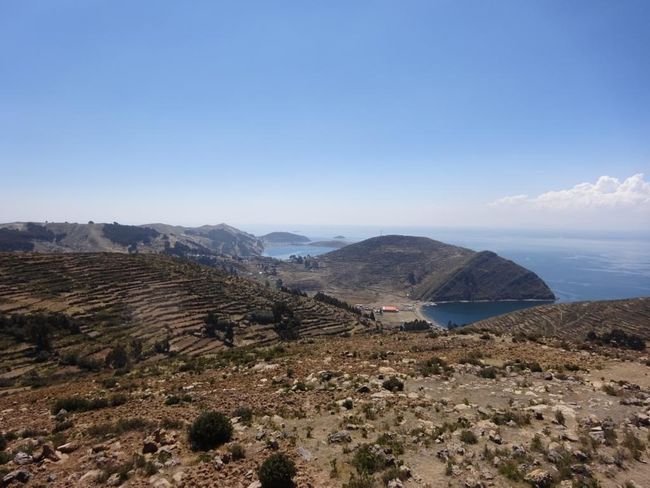
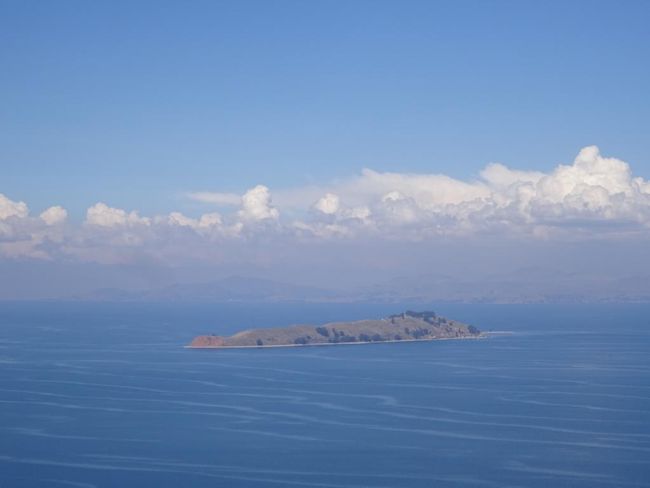
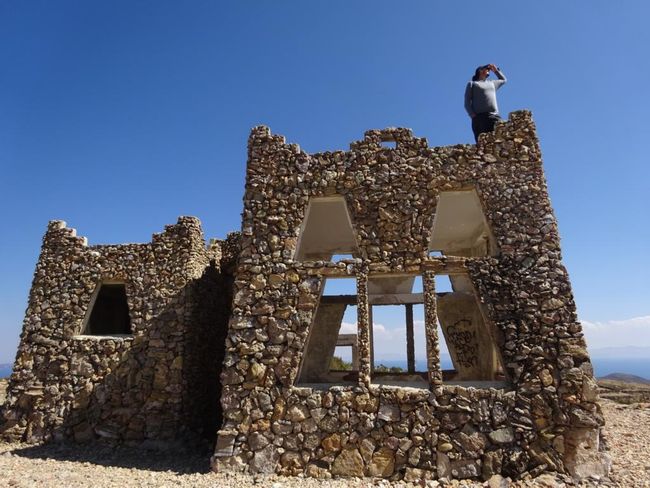
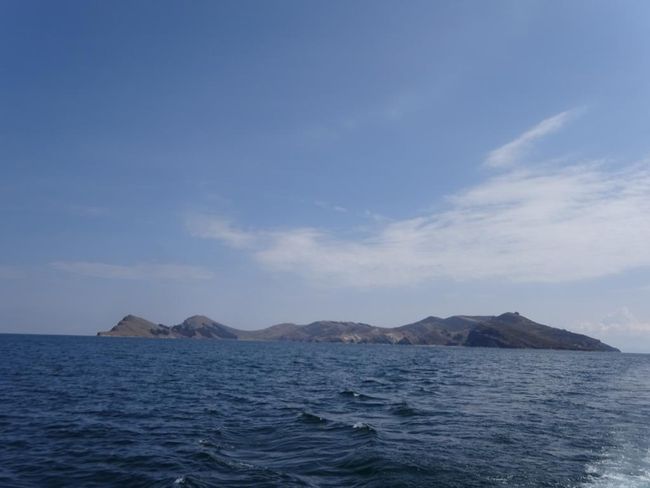
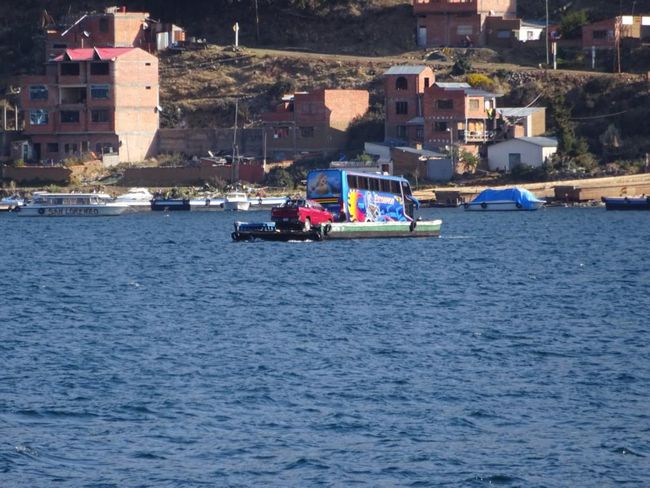
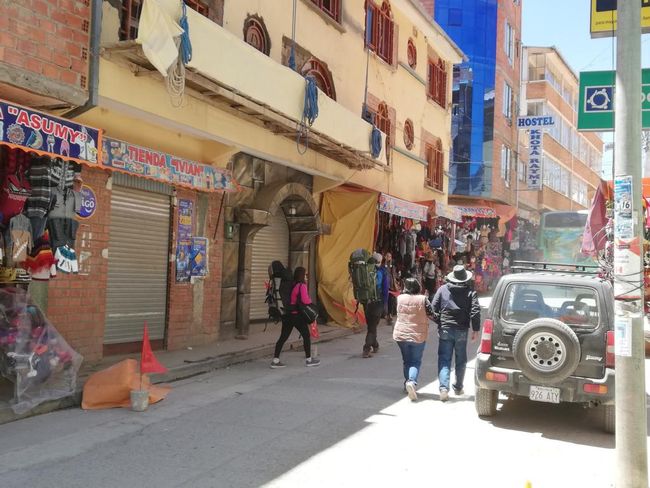
Εγγραφείτε στο Newsletter
At Peru Tours, we booked our journey from Puno to Copacabana, on the Bolivian side of Lake Titicaca. The approximately 4-hour bus ride was uneventful, and the entry and exit formalities were quickly completed. The only problem was that despite our protest, the Bolivian customs officers only wanted to give us a stamp for 30 days, even though Swiss citizens are usually allowed to stay in the country without a visa for up to 90 days. So, we will have no choice but to spend another day in La Paz to visit the immigration office. But we would take care of that later.
We were very surprised to find out what a tourist trap Copacabana is. But well, we wouldn't stay here for too long anyway, especially since there isn't much to see and do. We hung out at the beach (the only beach in Bolivia, which still hasn't gotten over losing its access to the sea to Chile after the War of the Pacific in 1884) and visited the truly extraordinary Cathedral with its Virgen de Candelaria and another exhibition of Virgens from all over the world. We also visited the Museo del Poncho, where many textiles and weavings from different regions of Bolivia are displayed, although they do not differ much from what we have seen so far. There were many colorful Chuspas (fabric bags for storing coca leaves) to see.
The next morning, we marched down to the beach early to catch a boat to Isla del Sol, the largest island on Lake Titicaca. Originally, our plan was to first go to the southern end of the island, stay there overnight, and take a boat to the northern part of the island the next morning. However, when we arrived on the island after a long boat ride, we learned that the northern part of the island is currently closed to tourists. When we asked why, suddenly no one understood Spanish anymore, and we only got some vague answers about renovations. Later, the Doña at our hotel told us that there is a dispute between the southern village of Yumani and the northern villages of Cha'lla and Cha'llapampa, and it's about money. What else could it be about? It's about the money that tourists have to pay as an entrance fee to the island. If you want to visit the southern part of the island, a small fee is charged (probably about 10 Bolivianos per person, which is about 1.45 Swiss Francs). If you also want to visit the northern regions (or hike there), the villages in the north require an additional separate entrance fee per village (about 3 Swiss Francs). Apparently, hikers had complained about having to pay extra just to be able to hike across the entire island. This had annoyed the residents of the south because most visitors go to the south, and they were afraid that this would deter tourists from coming to the island altogether. And this had ultimately led to the dispute. As a consequence, the people in the north simply closed their part of the island completely to visitors, hikers were stopped, and boats were intercepted. The Doña told us that just the day before, there had been another meeting to find a solution, but so far, no agreement had been reached between the northern and southern villages. What can one say about that? Firstly, I don't understand these people who would rather give up visitors and income than find a compromise. Secondly, I also don't understand the tourists. People, we're talking about 4.50 Swiss Francs! I should perhaps mention that almost all the tourists we met here were Western Europeans, i.e., people who can afford 4.50 Swiss Francs. Many tourists don't even stay overnight here, they come as day-trippers, so they don't spend any money on accommodation and meals. And the local population mainly relies on tourism and a little agriculture, job opportunities are not exactly abundant here. 4.5 Swiss Francs is a lot of money for them. And of course, all the waste has to be transported off the island again, infrastructure and paths have to be maintained, and so on and so forth...
Anyway, the visit to the north was canceled.
But since we were already here, we didn't let it spoil our mood. First, we tackled the quite strenuous and steep hike to the village of Yumani. Jörg had decided that it would make the most sense to stay at the hotel at the top, as you would have the best view from there. Hooray. The view was indeed the best, but the ascent was also the most strenuous. And indeed, we had a lovely room with large panoramic windows overlooking the lake.
We spent the day hiking to various viewpoints on the island. However, since we couldn't go to the northern part, our radius was somewhat limited. Nevertheless, we spent a beautiful and sunny afternoon on the island. Life here is slow-paced, there are no cars or motorcycles, all distances have to be covered on foot or by boat, and loads are transported by donkeys.
There are still some Inca ruins on the island, but most of them (and the most interesting ones) are in the north. We had already encountered the famous Inca stairs during the ascent and, considering the fact that we had already visited countless Inca ruins, we decided not to walk all the way down (and then of course back up) to see Pilko Kaine. We could also see the ruin from the viewpoint at the highest point of the island.
When we were done with the viewpoints, we looked for a small shop where we could buy a bottle of wine and ended the day with a beautiful view and wine.
The food options on the island were not very diverse. There was trout and trout, then more trout, and also (more or less tolerable) pizza for those who absolutely didn't want trout (like me).
The next morning, we let the sun wake us up (after all, it's called Sun Island for a reason, as it is considered the birthplace of the sun by the Incas), had a leisurely breakfast, and soon made our way down to the harbor. Since we couldn't visit the north as planned, we decided to continue our journey to La Paz in the afternoon. The bus ride, although quite short (about 2.5 hours), was quite tiring because the lady who sold us the ticket had simply made up a time. It turned out that there was no bus at that time, so we had to wait for a long time. Furthermore, it is not possible to travel directly by land from Copacabana to La Paz. After a short bus ride, you reach a small "ferry port" where you have to get off the bus and cross the arm of the lake in a small wooden boat. The bus itself boards a separate "ferry," if one can even call it that, as it is a large wooden plank with a motor. On the other side, you can board the bus again, and the journey continues. It was a bit difficult because no one seemed willing to help us, the driver was very unfriendly to us because we had initially complained that we were sold tickets for a bus that doesn't exist, and then we had dared to ask to take something out of our backpack in the baggage compartment after it was already closed. "Always problems with the gringos," he had said. Very nice, thank you very much. No one explained to us how the ferry works and where exactly we can board the bus again, so we had to wander around a bit after using the restroom until we found our group and the bus again. But eventually, we arrived in the big city of La Paz, and it was already dark. And we were thrown out in the middle of the city on the side of the road........
Εγγραφείτε στο Newsletter
Απάντηση

Ταξιδιωτικές αναφορές Βολιβία
